59 “Minglewood Blues” by Cannon’s Jug Stompers
6December 11, 2011 by gadaya
Gus Cannon’s World
Gus Cannon, the leader of Cannon’ Jug Stompers, was a great musician and character, a central figure of the  Jug Band scene in Memphis, a man who got his musical education at the beginning of the 20th century, around Clarksdale, Mississippi, home of many great Delta Blues musicians and on the road with Medicine shows. One of the rare black performer recorded on 78rpm records who played the 5-string banjo, which he taught himself to play on an instrument he made out of a frying pan and a raccoon skin, he also had a jug mounted on a rack that allowed him to blow bass figures while strumming and picking the banjo.
Jug Band scene in Memphis, a man who got his musical education at the beginning of the 20th century, around Clarksdale, Mississippi, home of many great Delta Blues musicians and on the road with Medicine shows. One of the rare black performer recorded on 78rpm records who played the 5-string banjo, which he taught himself to play on an instrument he made out of a frying pan and a raccoon skin, he also had a jug mounted on a rack that allowed him to blow bass figures while strumming and picking the banjo.
I think the best way to introduce Gus is to hear the man himself speak about his life and play and sing some numbers from his repertoire on this wonderful lp he recorded for Stax Records in 1963, some years after he was rediscovered by the Folk/Blues Revival (and most particularly by Samuel Charters) and that his song “Walk Right In” became a big hit sung by the folk group The Rooftop Singers. (which allowed Gus to get a more decent living with the royalties until the end of his life, at 97)
Gus Cannon, banjo, vocals (with Will Shade, from The Memphis Jug Band on the jug and Milton Roby on Washboard)
- Narration

- Kill It
- Walk Right In
- Salty Dog
- Going Around The Mountain
- Ol’ Hen
- Gonna Raise A Ruckus Tonight
- Ain’t Gonna Rain No More
- Boll-Weevil
- Come on Down to My House
- Make Me a Pallet on the Floor
- Get Up in the Morning Soon
- Crawdad Hole
Now let’s go back in time to 1927, when Gus made his first commercial recordings. Prior to his sessions with his jug band, he recorded 6 sides under his nickname “Banjo Joe” for Paramount in 1927. Among them was “Poor Boy, Long ways from home”, a beautiful song and a rare occasion to hear a 5-string banjo played with a bottleneck or slide.
It’s worth noting that the guitar player on this 1927 sides is the great ragtime guitar player, Blind Blake.
“My Money Never Runs Out” Banjo Joe
One year later,with the success of The Memphis Jug Band, he gathered some old friends and formed his own jug band. He recorded more than 30 sides with his Cannon’s Jug Stompers for Victor between 1928 and 1930. On this sides he played with the great harmonica player Noah Lewis and with various guitar players: Ashley Thompson (January 1928 session), Elijah Avery (September 1928 sessions) and Hosea Woods (1929 and 1930 sessions).
 The first Cannon’s Jug Stompers piece we hear on the Anthology, “Minglewood Blues” appears on their first session on January,30, 1928 where they recorded 4 sides for Ralph Peer, A&R man of Victor Records.
The first Cannon’s Jug Stompers piece we hear on the Anthology, “Minglewood Blues” appears on their first session on January,30, 1928 where they recorded 4 sides for Ralph Peer, A&R man of Victor Records.
- Minglewood Blues
- Madison Street Rag
- Big Railroad Blues
- Springdale Blues
From all the Jug Bands recorded in the 1920’s and 1930’s, Cannon’s Jug Stompers had the most “Bluesy” sound, as you can hear on those sides, where the interaction between all the instruments (Banjo, jug, harmonica and guitar) and Gus vocals is superb all the way through.
We’ll hear other sides by Cannon’s Jug Stompers on this blog when we’ll discuss another of their recording featured on the Anthology, “Feather Bed”.
The Minglewood Blues Variations
“Minglewood Blues” was the first piece Cannon’s Jug Stompers recorded in 1928. Noah Lewis, the harmonica  player in the band is said to have “compose” the song, the tune itself being a very common one used in many other Blues like “Rollin’and Tumblin” for example. The answer to where exactly is this “Minglewood” is a bit uncertain. I have read somewhere that it was a lumber camp near the Mississippi where musicians (including Noah lewis and Gus cannon) gathered on weekends to have a good time, and judging from the lyrics of the “New Minglewood Blues” that Noah Lewis recorded with his own jug band (“If you’re ever in Memphis, better stop by Minglewood”), it was a place in the city or close to it. But I discovered recently an article, (on the website for the “Minglewood Hall” , a concert venue in Memphis) about “The myth of Minglewood” which I’ll quote here in full:
player in the band is said to have “compose” the song, the tune itself being a very common one used in many other Blues like “Rollin’and Tumblin” for example. The answer to where exactly is this “Minglewood” is a bit uncertain. I have read somewhere that it was a lumber camp near the Mississippi where musicians (including Noah lewis and Gus cannon) gathered on weekends to have a good time, and judging from the lyrics of the “New Minglewood Blues” that Noah Lewis recorded with his own jug band (“If you’re ever in Memphis, better stop by Minglewood”), it was a place in the city or close to it. But I discovered recently an article, (on the website for the “Minglewood Hall” , a concert venue in Memphis) about “The myth of Minglewood” which I’ll quote here in full:
“The Myth of Minglewood”
|
It’s Noah Lewis’s « New Minglewood Blues » that was covered a lot during the « Jug Band Revival » of the 1960’s, and The Grateful Dead’s version, which they called « New, New Minglewood Blues », was the most popular and was played ever since by a great number of rock bands.
-I’ve compiled a few « Minglewoods » for you that I enjoy (I included the Dead’s version because it’s so popular but I’m not a big fan of their music, I must admit…), included a great but too short « Minglewood Blues» by Bluesman John Lee Granderson, and a « Minglewood Memories » from the last duo recording by two great american guitar players, Bob Brozman and Woody Mann.
- New Minglewood Blues – Noah Lewis’s Jug Band (Memphis Blues)

- Minglewood-Jim Kweskin (Garden of Joy)
- Minglewood Blues – John Lee Granderson (Hard Luck John)
- New, New Minglewood Blues- Grateful Dead (Grateful Dead)
- Minglewood Blues-Guy Davis (Call Down the Thunder)
- Minglewood Blues- John Sebastian and the J Band with Geoff Muldaur (Down Home Saturday Night)
- An American Dream (Minglewood Memories)-Woody Mann, Bob Brozman (Get Together)


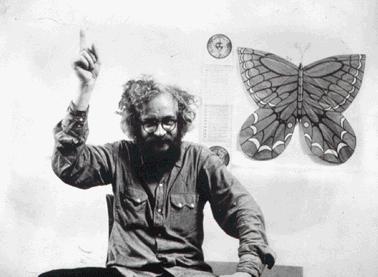







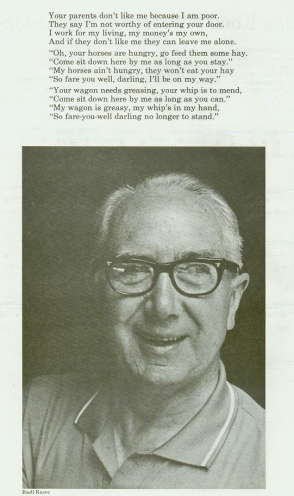
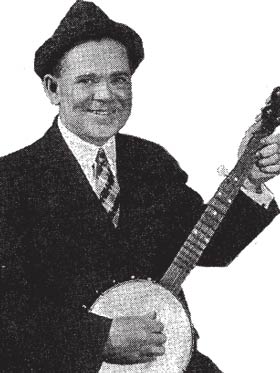
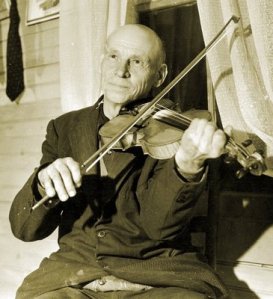


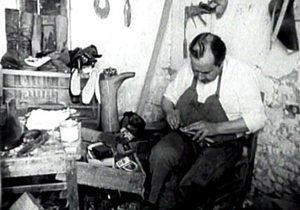
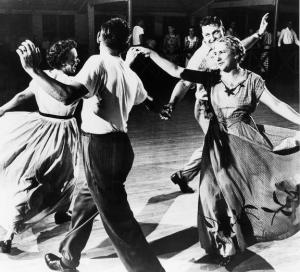
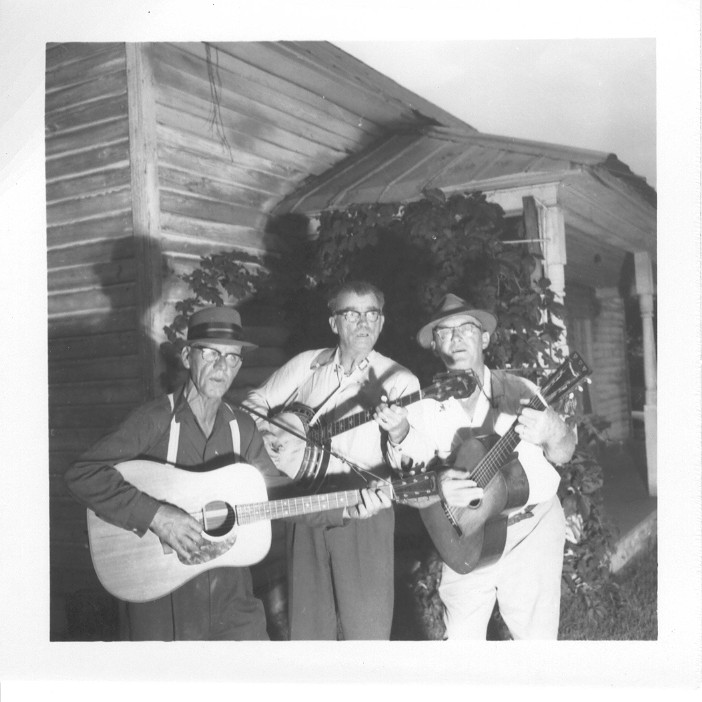



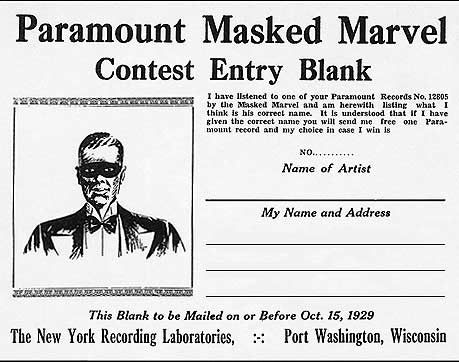

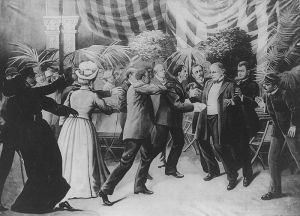





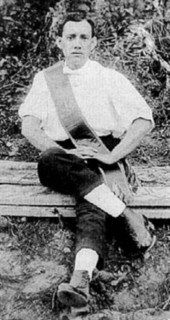
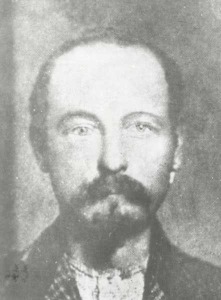
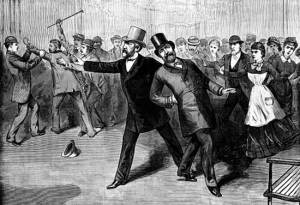
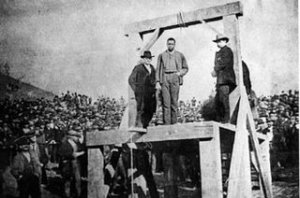
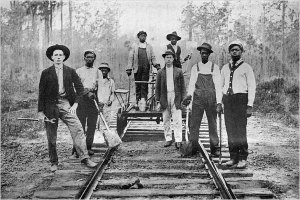

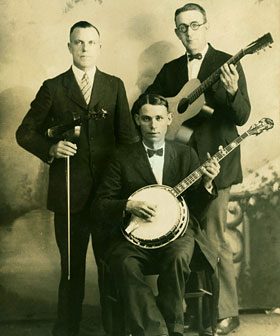





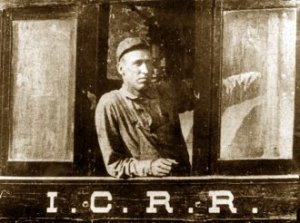





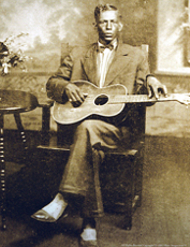
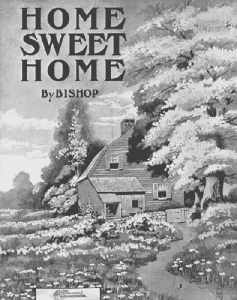



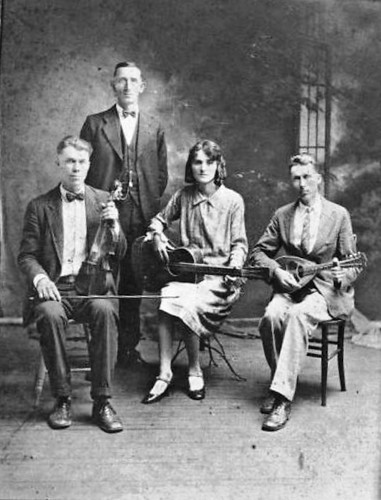




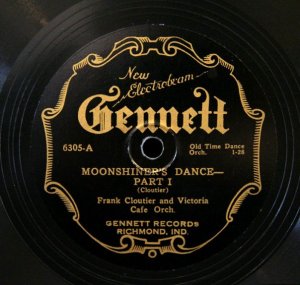











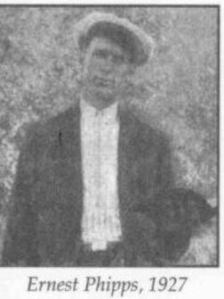





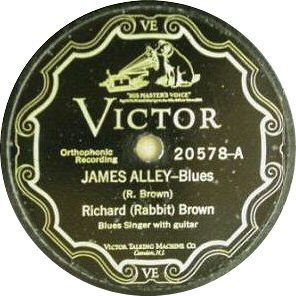
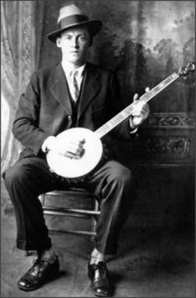


Ah, we are into RICH territory now, and I am so pleased you are still going strong! Thank you very much.
What a task you’ve undertaken, and what a superb job you’ve made of it.
thank you for sharing these tunes.
I really love getting each new installment of this excellent project. Thank you again. As for Gus Cannon, I am surprised at how unimpressed I am with his performances. I had heard his name for years and knew he was very influential. I guess I’m just not getting it, but I think he plays very sloppily, sings poorly and doesn’t manage to follow the melody very well. Is it possible his fame is simply a result of having so many well-known songs in his repertoire? I can’t help but think his reputation is built many on his status as a pioneer, and not on his talent. Or maybe I just don’t get it. That’s always possible too, though I do enjoy most of these old recordings. Not looking to be negative. I just thought I’d throw that out there to see if I was alone in having this opinion of Gus. Thanks again for a great blog!
Regarding Menglewood, you may be interested in this link. The web site is a collection of lyrics for songs performed by the Grateful Dead. At the bottom of this page is some history from a member of the family that bought the Menglewood Box Company property:
http://www3.clearlight.com/~acsa/songfile/NEWMINGL.HTM
[…] rocked this song. It’s always been an upbeat, up tempo, jamming song. Here’s a great site with a ton of Gus Cannon sound […]